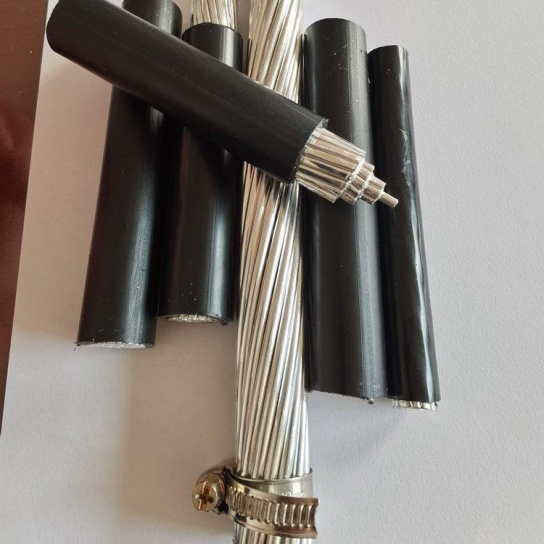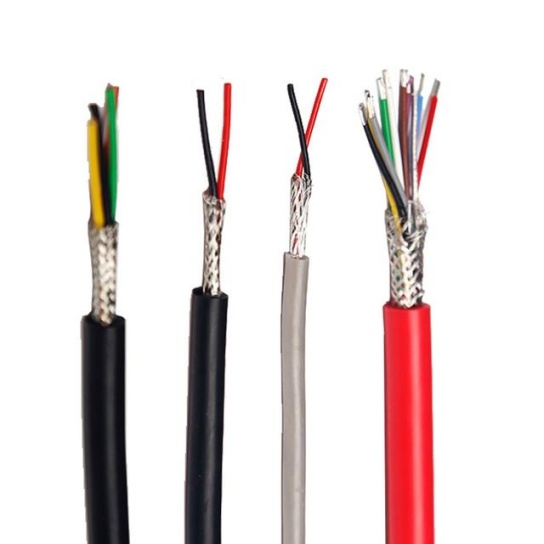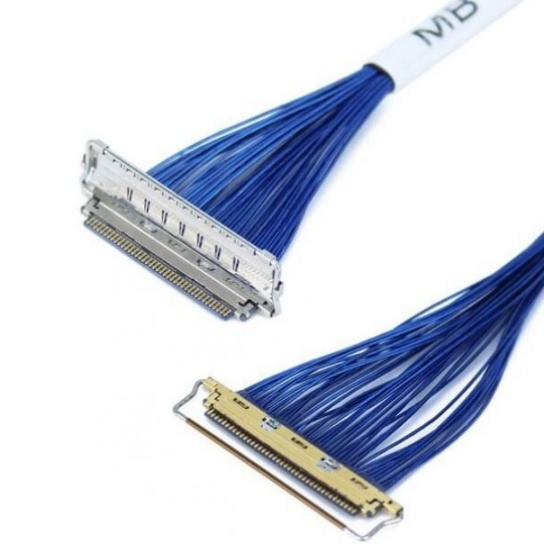Post-Quantum Aviation Cables: Shielding the Skies Against Tomorrow’s Hackers Today
The phrase “aviation cables” might conjure images of simple wires, but in the digital heart of modern aircraft, they carry the lifeblood of safety and control. Today, a revolution is underway, ensuring these vital pathways remain secure not just from current threats, but from the existential danger posed by future quantum computers. The development and deployment of post-quantum aviation cables mark a critical leap in safeguarding the future of flight. This article explains why it’s essential and how it works.
Why Aviation is Suddenly Vulnerable to Tomorrow’s Tech
Modern aircraft are essentially flying data centers. From flight control systems (Fly-By-Wire) and navigation (GPS, ADS-B) to engine management, passenger Wi-Fi, and maintenance telemetry, countless critical and non-critical systems rely on encrypted data transmission. Currently, much of this encryption uses algorithms like RSA and ECC (Elliptic Curve Cryptography), which are secure against even the most powerful classical supercomputers.
However, the impending arrival of large-scale, fault-tolerant quantum computers changes everything. Algorithms like Shor’s algorithm could break RSA and ECC encryption in minutes or seconds, rendering current security obsolete. This creates a terrifying “harvest now, decrypt later” threat:
- Data Harvesting: Adversaries could intercept and store vast amounts of encrypted aviation data today (e.g., flight paths, telemetry, encrypted maintenance logs).
- Future Decryption: Once powerful quantum computers become available, they could decrypt this historical data, exposing sensitive operational secrets or even finding vulnerabilities in past flight operations. Future real-time attacks could potentially compromise in-flight systems.
The Quantum Threat is Real and Accelerating
- NIST Standardization: The US National Institute of Standards and Technology (NIST) has been running a years-long project to standardize Post-Quantum Cryptography (PQC) algorithms, recognizing the urgency.
- Global Focus: Governments, military agencies, and critical infrastructure sectors worldwide are prioritizing PQC migration. Aviation, as critical infrastructure, is at the forefront.
- **”Crypto-Agility” Imperative:** The shift requires “crypto-agile” systems that can be updated as standards evolve. Aviation hardware has long lifespans, making proactive adoption crucial.
Enter Post-Quantum Aviation Cables: More Than Just Wires
“Post-quantum aviation cables” represent the tangible implementation of this next-generation security. It’s not just about the physical cable, but the integrated quantum-resistant security embedded within the communication architecture:
- Quantum-Resistant Encryption: These cables (or more accurately, the systems they connect) utilize the new NIST-selected PQC algorithms like:
- CRYSTALS-Kyber: For secure key establishment.
- CRYSTALS-Dilithium, Falcon, SPHINCS+: For secure digital signatures.
- These algorithms rely on complex mathematical problems (like structured lattices or hash functions) believed to be exponentially harder for quantum computers to crack than factoring primes or solving elliptic curve discrete logarithms.
- Robust Physical Design: Designed to meet stringent aviation standards (DO-160, MIL-STD), these cables incorporate features essential for the harsh flight environment:
- Extreme temperature resilience (-55°C to 200°C+)
- Resistance to vibration, shock, fluids, and chemicals
- Strict flammability ratings (often meeting FAR 25.853)
- Low smoke toxicity (LST) and low smoke zero halogen (LSZH) materials
- Optimized weight and electromagnetic interference (EMI) shielding
- Secure Protocols: Implementing PQC requires updated communication protocols (like TLS 1.3 with PQC suites, or specialized avionic-specific protocols) running over these cables, ensuring end-to-end quantum-safe security between avionics components.
Beyond Wire Replacement: A System-Wide Upgrade
Integrating PQC into aviation isn’t just swapping cables. It requires:
- Hardware Upgrades: New network interface cards (NICs), routers, switches, and avionics hardware modules designed with the computational power to handle PQC algorithms efficiently.
- Software/Firmware Updates: Avionics software and operating systems must be updated to support the new cryptographic libraries and protocols.
- Certification: The most critical aspect. Rigorous certification processes (like FAA DO-178C for software, DO-254 for hardware, DO-326A/ED-202A for security) must validate that the PQC implementation doesn’t compromise safety, performance, or reliability. This process is time-consuming but essential.
- Hybrid Approach: Often, a hybrid cryptography strategy is used during transition. Systems simultaneously use classical encryption (RSA/ECC) AND post-quantum encryption. This provides defense against current attacks while building resilience against future quantum attacks.
Tangible Benefits of Quantum-Secure Aviation Cables
- Future-Proof Security: Provides long-term protection against the quantum threat, securing aircraft for decades to come.
- Enhanced Cybersecurity: Strengthens defenses against all sophisticated cyberattacks targeting aircraft communication networks.
- Compliance: Ensures alignment with emerging aviation cybersecurity regulations (e.g., FAA initiatives, EASA regulations) mandating quantum preparedness.
- Asset Protection: Safeguards valuable intellectual property in aircraft design, operations, and maintenance data.
- Passenger Safety & Trust: Provides a foundational layer ensuring the integrity of critical flight systems and passenger data, maintaining public confidence in air travel.
- Reduced Long-Term Risk & Cost: Proactively mitigates the massive future costs and risks associated with retrofitting fleets after a quantum computing breakthrough.
The Flight Path Forward: Adoption and Challenges
Development and early adoption are accelerating:
- Key Players: Major aerospace OEMs, tier-1 suppliers, specialized cybersecurity firms, and communication systems integrators are actively developing and testing PQC solutions.
- NextGen & Modernized Fleets: Integration is expected in next-generation aircraft designs and through phased upgrades to existing platforms, especially for critical communication buses (like AFDX, CAN bus extensions).
- Standards Integration: Bodies like SAE International (e.g., AS6802 Time-Triggered Ethernet security extensions) and RTCA are working on incorporating PQC standards.
Challenges remain:
- Computational Overhead: PQC algorithms can require more processing power and bandwidth. Continued optimization is key for resource-constrained avionic systems.
- Standard Maturity: While NIST has selected algorithms, standardization and specific aviation implementation profiles are still evolving.
- Legacy System Integration: Retrofitting older aircraft presents significant complexities.
- Global Harmonization: Ensuring consistent PQC standards and practices worldwide is crucial.
Conclusion: Landing Quantum Safety
The headline “Post-Quantum Aviation Cables Resist Future Hacks” signifies a proactive shield being erected. It’s not science fiction; it’s an essential operational reality taking flight today. The integration of quantum-resistant cryptography within robust aviation cabling systems represents a massive stride toward securing the future of global aviation against unprecedented threats. As quantum computing progresses, this crucial investment in long-term aviation cybersecurity ensures that the skies remain safe, secure, and trustworthy for generations to come. Airlines, manufacturers, and regulators prioritizing this migration are truly building the secure backbone for tomorrow’s connected aircraft. The journey to quantum-safe skies has begun, one resilient cable at a time.






